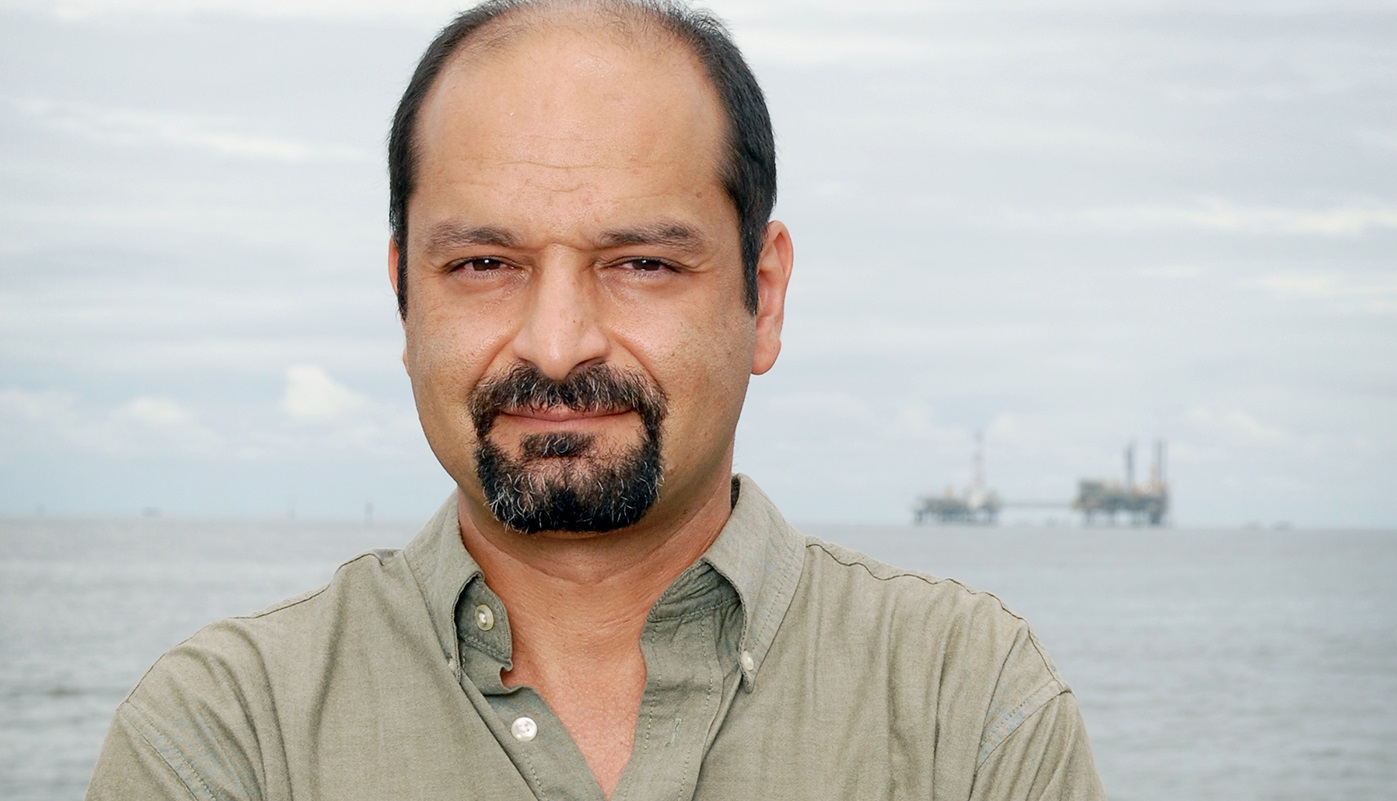
TUSCALOOSA, Ala. – About half a football field of marshes on the edges of Mobile Bay vanished annually over the past 35 years, according to a study by researchers at The University of Alabama.
The study of satellite and aerial images from 1984 to 2019 showed a loss of about 30 percent of saltwater marshes, critical for the health of oceans. The annual decrease of roughly 2,488 square meters means about 1% of marshes around the bay retreated each year over the course of the study, according to findings published in the IEEE Journal of Selected Topics in Applied Earth Observations and Remote Sensing.
The project is the first to apply analyzation of satellite images through computer modeling to quantify not only the change in marshes, but to show how land along the bay changed through time, providing detailed, annual information that fine-tuned models with the ability to show how future actions should influence marsh and wetland habitat.
“This is the first time that the team here has tried to quantify the losses in the past decades because of the availability of high-quality satellite images,” said Dr. Behzad Mortazavi, professor and chair of biological sciences and a leading researcher of Mobile Bay and its marshes. “There is variability year to year, but the long-term trend is clear: we are losing marshes.”
For the study, Mortazavi teamed with scientists at UA’s Center for Complex Hydrosystems Research, who used publicly available images to classify land and program a machine learning model to show gains and losses of land types over time.
“The classical type of understanding of two snapshots of history verses the present doesn’t give you the deep understanding of the dynamics underneath. We have enough data now to calibrate for long-term projections,” said Dr. Hamed Moftakhari, assistant professor of civil, construction and environmental engineering. “We developed powerful models that benefit from high-performance computing on campus. These models help us build a basis that will let the stakeholders and decision-makers come together around a table. It creates an environment that favors effective communication among them by visualizing the results of their decisions.”

The health of the bay requires marshes, which act like nature’s wastewater treatment plants, Mortazavi said. Besides removing excess nutrients from freshwater entering the bay, marshes stabilize the shoreline, buffer waves, gird against coastal flooding and serve as habitats for wildlife. However, they are disappearing along the world’s coasts, and Mobile Bay has been no different.
Marsh loss is attributed to urbanization and land development as barriers to marshes growing inward, sea level rise, loss of sediments flowing from dammed inland rivers as well as natural contributors such as tropical storms.
Mortazavi’s research has found Mobile Bay’s marshes are vanishing through comparisons of present-day images with historical maps and records, which lines up with global research on marsh habitats. However, this is the first detailed analysis of marshes, wetlands and all land types around Mobile Bay each year over a longer period of time.
“I was blown away,” said Mortazavi of the results of the study. “I was really amazed that in such a short time we have lost nearly a third of the marshes. This has real implications for this state.”
The model created for the project, validated with the annual data since 1984, can show, for instance, how marshes should respond to a powerful hurricane or a land development, Moftakhari said. It can be the foundation for communication among stakeholders considering policies or land use, he said.
Dr. Hamid Moradkhani, the Alton N. Scott Chair Professor of Civil and Environmental Engineering and director of the Center for Complex Hydrosystems Research, is the principle investigator of the research supported by the National Science Foundation. He is a co-author of this paper along with engineering doctorate students and center research assistants David Muñoz and Atieh Alipour. Also, a co-author on the paper is Paul Muñoz, a graduate student at the University of Cuenca in Ecuador.
Contact
Adam Jones, UA communications, 205-348-4328, adam.jones@ua.edu
